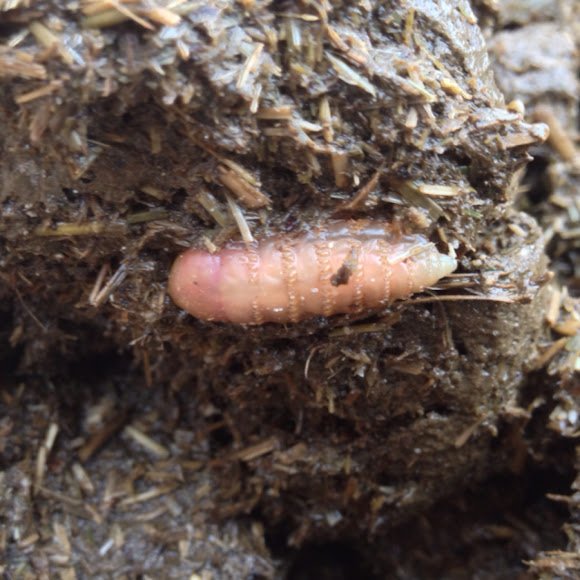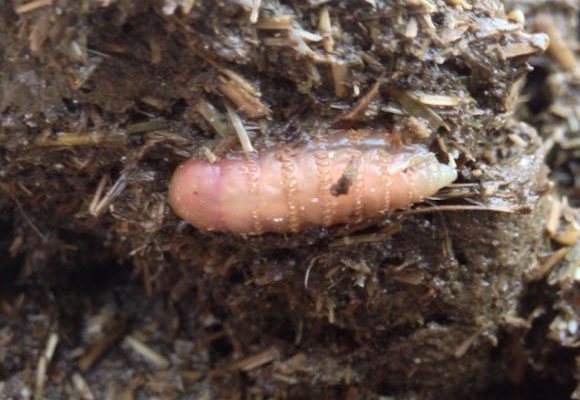
Botflies are a group of flies whose larvae have a rather unusual way of growing up. Instead of developing in nests or on the ground, they develop inside the skin of mammals, including humans. Yes, you read that right! This can sound alarming, but understanding the life cycle of these larvae can demystify their existence. So, let’s dive deeper and explore the world of botfly larvae, their life cycles, how they affect wildlife, and why teaching about them is important.
What Are Botfly Larvae?
Botfly larvae belong to a family of flies known as Oestridae. These insects are unique because their larvae develop in the tissues of their hosts, like rabbits, rodents, and even dogs. It’s a bit like having a houseguest that never really leaves. The adult botfly lays its eggs on the host, and once the eggs hatch, the larvae burrow into the skin. This unusual method of reproduction is nature’s way of ensuring the larvae have all they need to grow up.
A well-known species is the human botfly, which primarily targets humans as hosts. Imagine having a little creature living under your skin, gradually growing while you go about your daily life. It’s definitely something to think about! While it sounds creepier than a horror movie, botflies mostly require specific conditions to thrive, making encounters with humans quite rare.
The Life Cycle of a Botfly
Understanding the life cycle of botflies can help clarify why they behave the way they do. Here’s a simple breakdown of each stage:
1. Egg Stage: Adult female botflies lay their eggs on the fur of mammals or on a mosquito that will later bite the host.
2. Larval Stage: Once the host is bitten, the eggs hatch and the larvae enter the skin, where they’ll grow for several weeks.
3. Pupal Stage: After developing, the larvae eventually exit the host’s body and fall to the ground, where they pupate.
4. Adult Stage: Once they emerge as adult flies, they start the cycle all over again.
Let’s visualize it like this: Think of botfly larvae as uninvited guests at a party. They enter your home (or in this case, your body), eat what’s available, and then leave to start their own party elsewhere. It’s a fascinating process but can also make us think about how interconnected life really is.
Why Are Botfly Larvae Important in the Ecosystem?
You might be wondering, “What’s the big deal about botfly larvae?” Despite their somewhat alarming reputation, these organisms play a role in nature. Here’s why they are essential:
1. Natural Scavengers: Botfly larvae help in decomposing animal matter. By feeding on the tissues of their hosts, they contribute to the cycle of life and death, which is essential for a healthy ecosystem.
2. Food Source: They serve as a food source for larger predators, such as birds and mammals. This helps maintain a balanced food web.
3. Research and Medicine: Interestingly, studying botfly larvae can provide insight into parasitic infections and improve our understanding of host-parasite relationships. This knowledge is crucial in medicine and wildlife conservation.
Honestly, while they might not be your favorite critters, botfly larvae add to the intricate tapestry of life that makes our planet so diverse and fascinating.
How to Teach About Botfly Larvae
If you’re thinking about teaching others about botfly larvae, it’s essential to approach the topic with a mix of enthusiasm and reassurance. Here are some tips for educators:
– Use Visuals: Incorporate diagrams and images that illustrate the life cycle and habitat of botflies. Visuals can help demystify these creatures and make learning more engaging.
– Storytelling: Share stories of encounters, focusing on the unique biology of these larvae. Personal anecdotes or case studies can make the topic relatable and stick in people’s minds.
– Interactive Activities: Plan hands-on activities that allow students to explore the topic. This could include making models of the botfly life cycle or discussing other host-parasite relationships.
By using these methods, you can foster an appreciation for these fascinating creatures and the roles they play in the ecosystem.
Common Misconceptions About Botfly Larvae
Many people have misconceptions about botfly larvae that can lead to fear and misunderstanding. Addressing these can help clarify the reality of these creatures. Here are a few common misconceptions:
– Myth: Botflies can infest anyone and everyone.
Truth: Botflies are specific to certain hosts and conditions. Most humans are not at high risk unless living in specific regions where these flies are prevalent.
– Myth: All botflies are harmful.
Truth: While they can cause discomfort in hosts, botflies have a natural place in ecosystems and rarely lead to severe consequences.
Understanding these common misconceptions can help demystify botfly larvae and clear up unnecessary fears surrounding them.
As we’ve explored, botfly larvae are fascinating creatures that contribute to the ecosystem in unique ways. They remind us that nature is full of surprises, both delightful and a bit creepy. Teaching about these larvae not only broadens our understanding of wildlife but also encourages respect for all living things, even those that may seem less appealing.
So next time you think about wildlife, consider the tiny, often-overlooked species like the botfly larvae. They may not be cuddly like a puppy or as colorful as a butterfly, but they play a critical role in the natural world. Embracing the diversity of life, including the more unusual parts of it, makes us better stewards of our planet.

